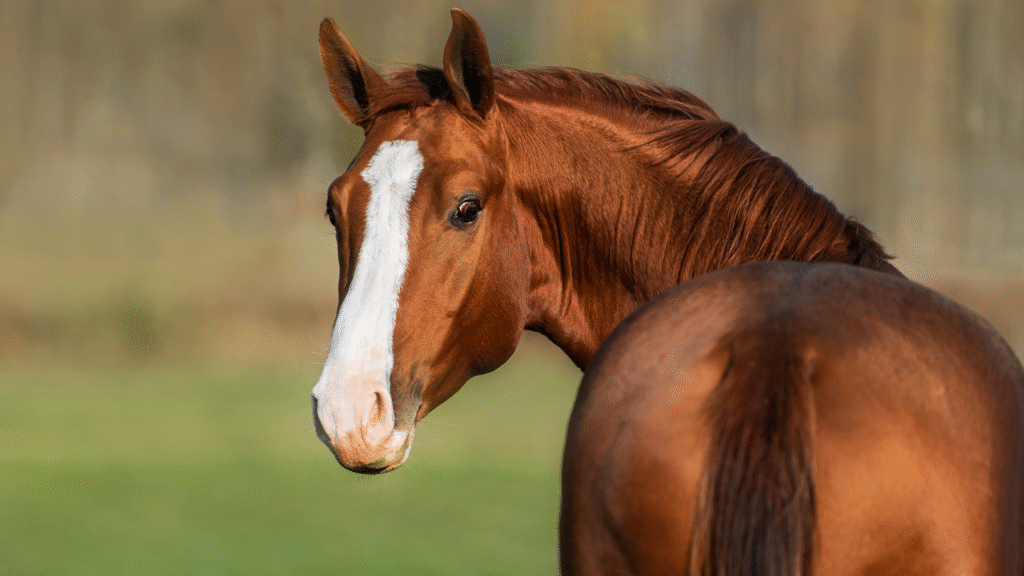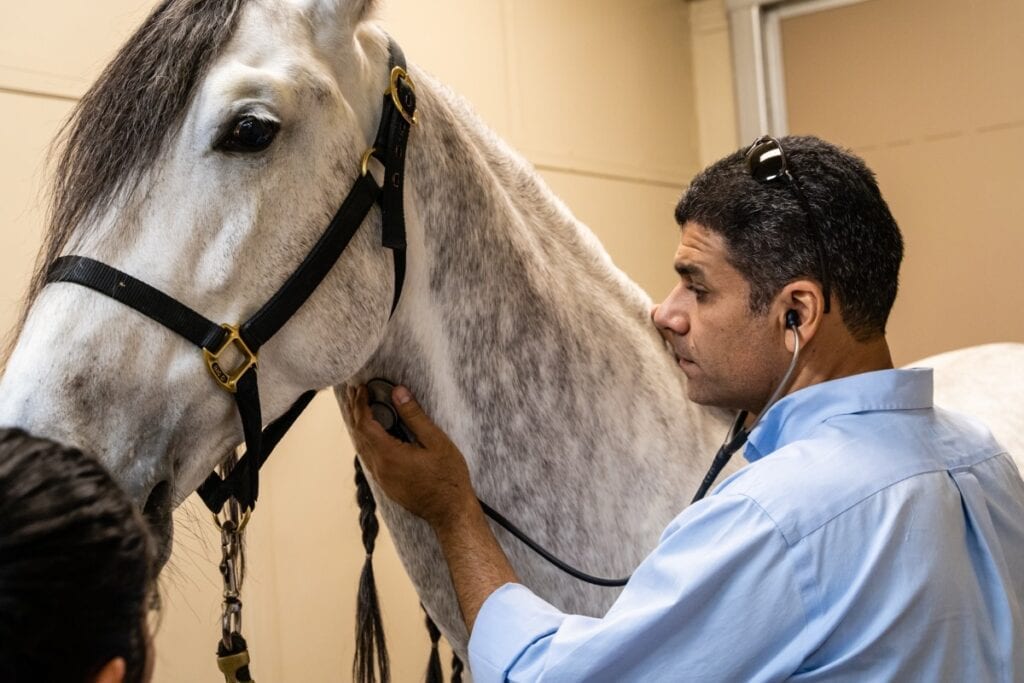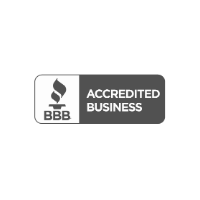Welcoming a New Horse
A Comprehensive Guide to a Smooth Transition

Bringing a new horse into your life is an exciting milestone, whether you’re a seasoned equestrian or a first-time owner. However, it’s essential to recognize that this transition can be stressful for your equine companion. Horses are creatures of habit, and changes in their environment, routine, and companions can lead to anxiety and behavioral issues.
To ensure a seamless adjustment, we’ve outlined a three-phase approach: Preparation Before Arrival, Arrival and Settling In, and Integration into the Herd.
Phase 1: Preparation Before Arrival
Gather Background Information
Understanding your new horse’s previous routine and preferences can significantly ease their transition. Consider asking the seller or previous owner the following questions:
- Dietary Habits: What type of grain or supplements are they fed? How much per day?
- Feeding Schedule: What was their feeding schedule?
- Turnout Routine: Are they turned out with other horses or individually? For how long each day?
- Exercise Regimen: How often are they ridden or worked?
This information will help you replicate familiar aspects of their routine, providing comfort during the initial days.
Schedule a Veterinary Checkup
Before your horse arrives, arrange a veterinary examination to ensure they’re in good health and up-to-date on vaccinations. This step is crucial to prevent the introduction of contagious diseases like strangles to your existing herd.
Prepare Their Living Space

Ensure your facility is ready to accommodate your new horse:
- Shelter: Provide a sturdy, weather-appropriate shelter.
- Fencing: Check that all fencing is secure and safe.
- Water: Ensure access to clean, fresh water at all times.
- Feed: Stock up on the same type of hay and grain they’re accustomed to, gradually transitioning to your preferred feed if necessary.
- Bedding: Prepare their stall with clean, comfortable bedding.
Phase 2: Arrival and Settling In
Allow Time to Acclimate
Upon arrival, give your horse time to adjust to their new surroundings before introducing them to other horses or beginning training sessions. A period of isolation, or quarantine, is advisable to monitor for any signs of illness and to allow them to become familiar with their new environment.
Monitor Behavior and Health
Keep a close eye on your horse’s behavior, appetite, and overall health during the initial days. Look for signs of stress, such as pacing, decreased appetite, or changes in manure consistency. If you notice any concerning symptoms, consult your veterinarian promptly.

Phase 3: Integration into the Herd
Gradual Introductions
When it’s time to introduce your new horse to the herd, do so gradually:
- Over-the-Fence Meetings: Allow horses to see and smell each other over a fence before direct contact.
- One-on-One Introductions: Start with the most docile member of your herd to minimize potential conflicts.
- Supervised Group Turnout: Once initial introductions go smoothly, supervise the first few group interactions closely.
This phased approach helps establish social hierarchies with minimal stress and risk of injury.
Maintain Consistency
Consistency in routine, feeding, and handling helps your new horse feel secure. Stick to a regular schedule and handle them calmly and confidently to build trust.
Welcoming a new horse is a rewarding experience that, with proper preparation and patience, can lead to a strong, lasting bond. Remember, every horse is an individual, and their adjustment period may vary. By following these guidelines, you’re setting the foundation for a happy and healthy partnership.
623-581-5508








